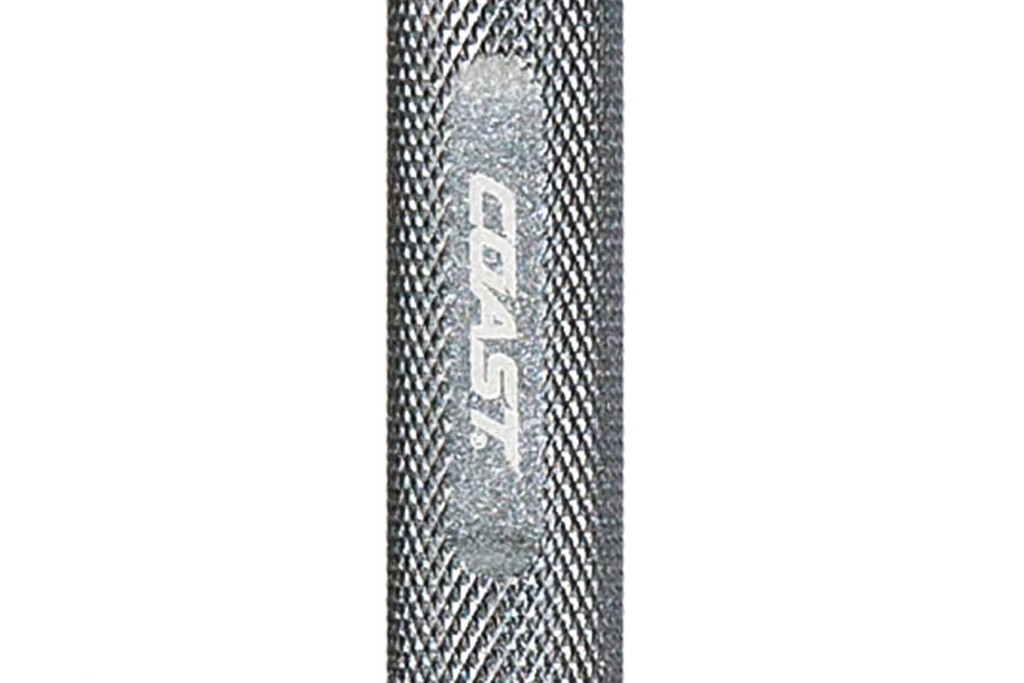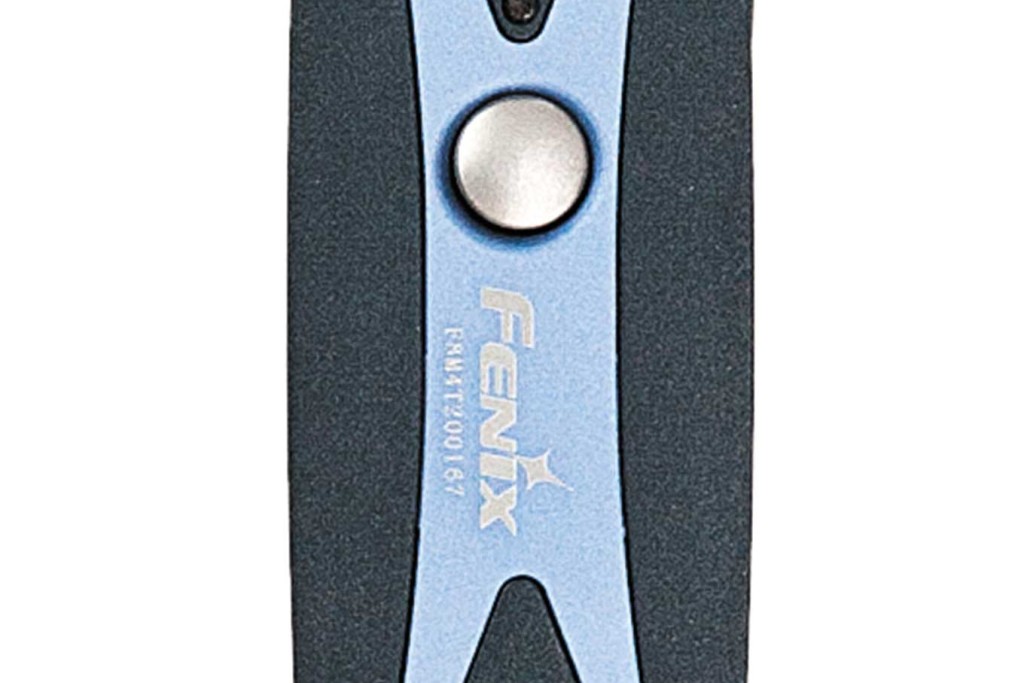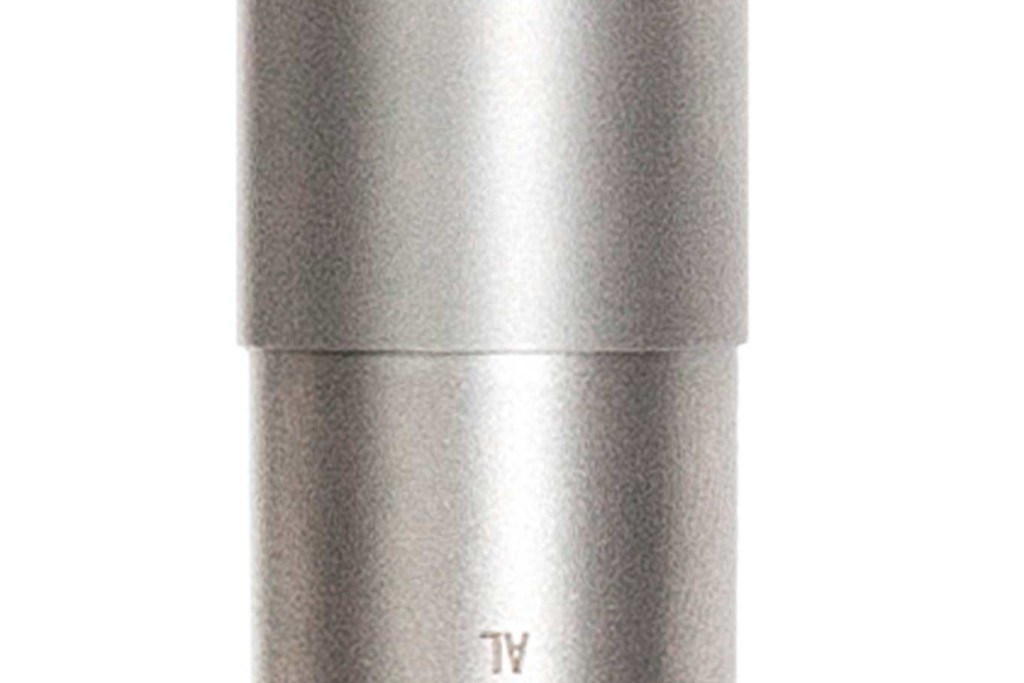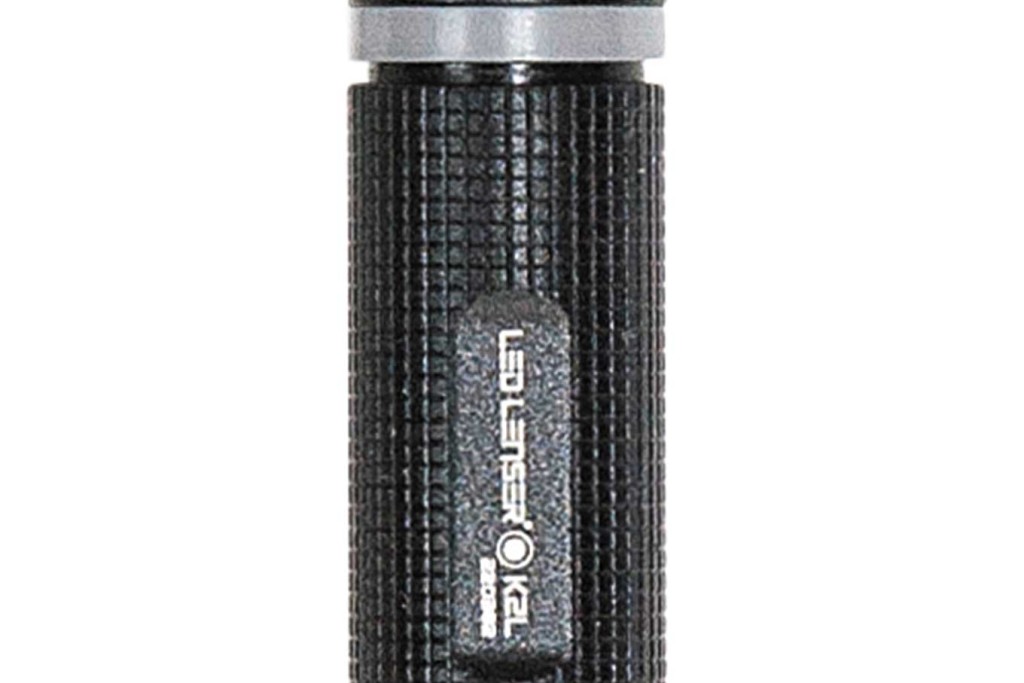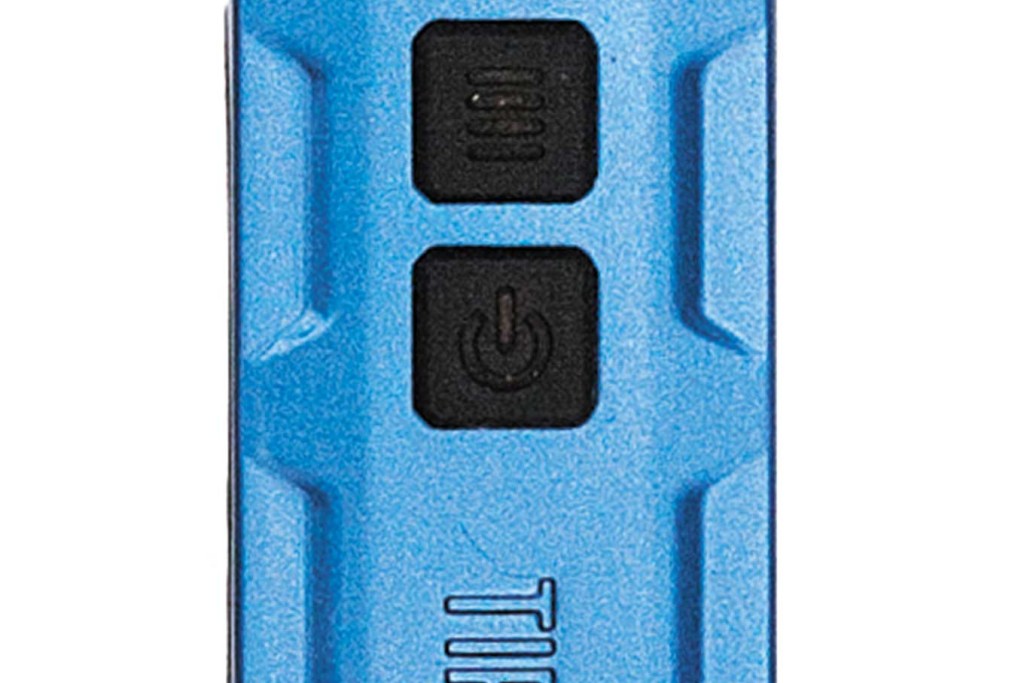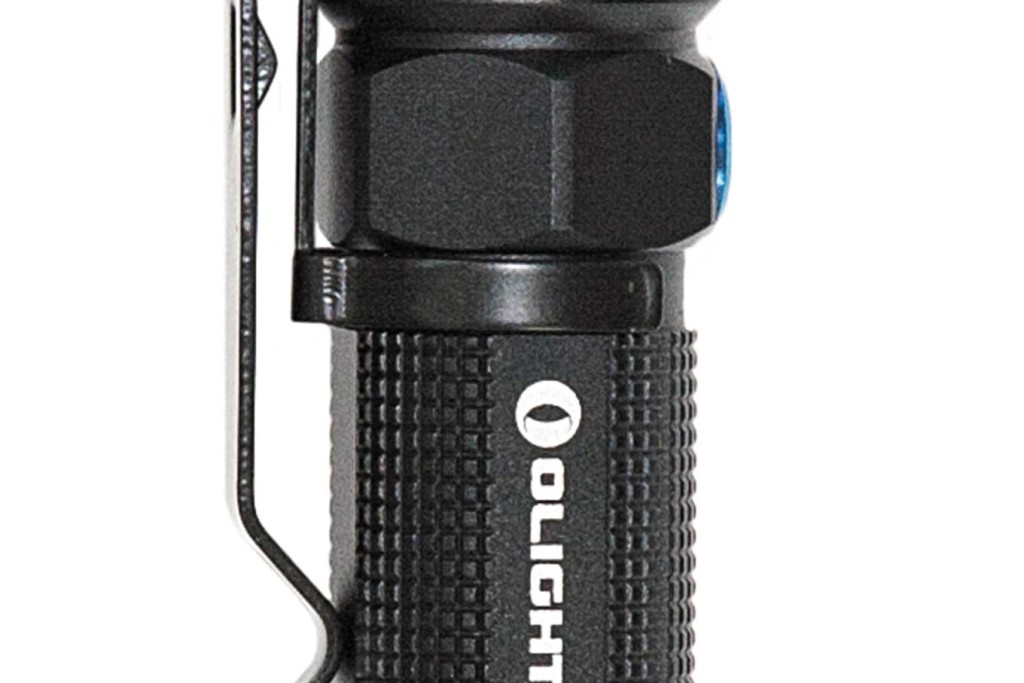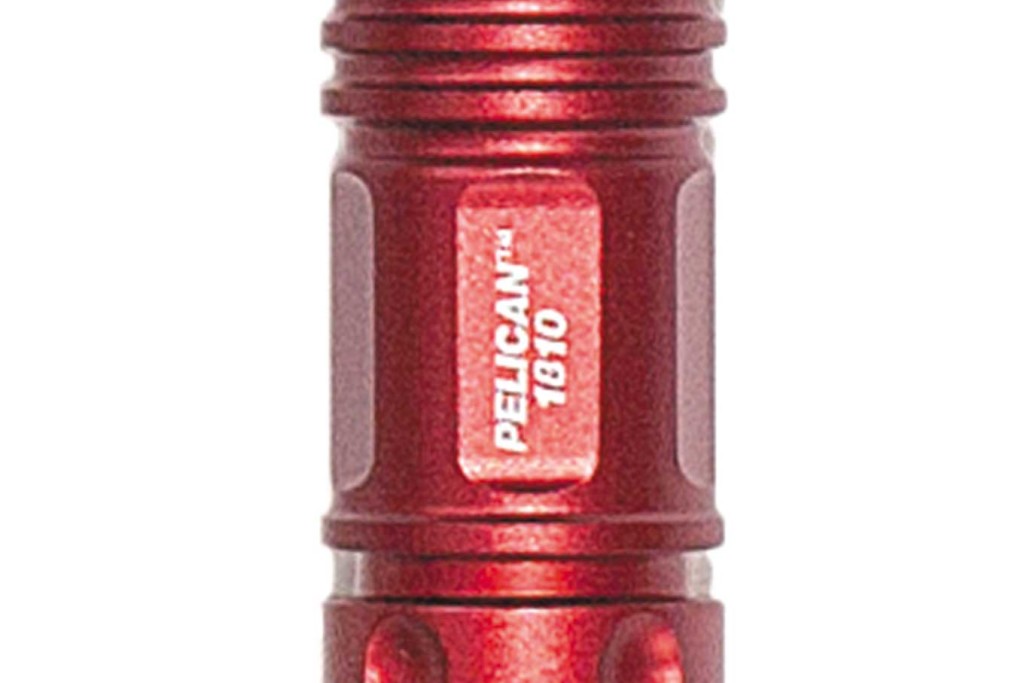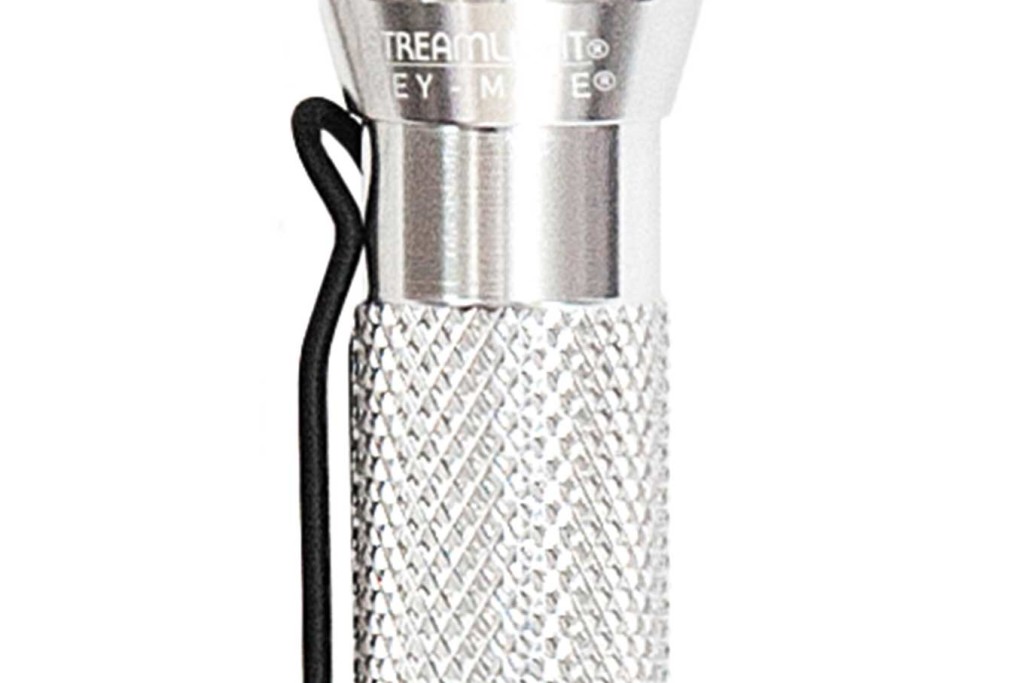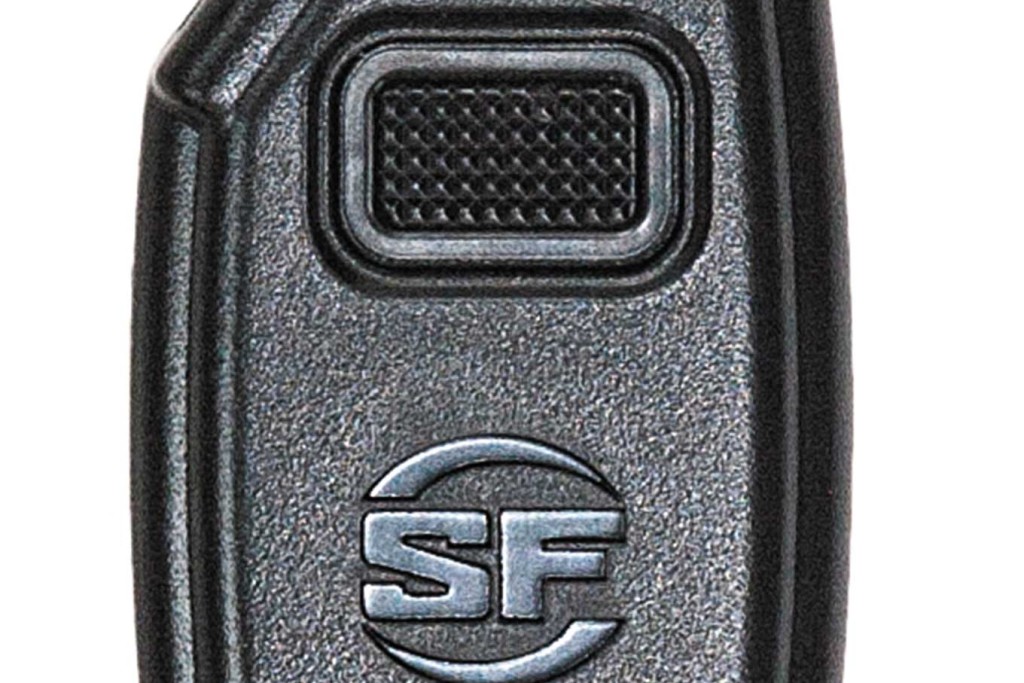Warning
Some of the skills/gear described in this article can be dangerous. Even with training, quality gear and common sense, you can get seriously injured. The materials provided are for illustration purposes only. Any use of the information contained in this article shall be solely at the reader’s risk. This publication and its contributors are not responsible for any potential injuries.
Thanks to shows like Doomsday Preppers, a majority of Americans think that prepping is all about underground bunkers, a year’s worth of food, gas masks, and an armory filled with guns and ammo. While few rational people would argue with the logic of maintaining long-term food stores and employing robust security/self-defense measures, a realistic survival plan has to encompass much more.
Whether you’re just getting started, or have been prepping for years, it’s really easy to get caught up in the hype and disregard crucial preparations. So, in this article we shed light on 10 of the most neglected — but essential — preps.
Prep #1: Developing/Testing a Survival Plan
A survival plan is the first step in the process of identifying your needs, priorities, and vulnerabilities — and formulating the necessary steps to achieve the desired results. Planning also allows you to turn thoughts into action. A well-thought-out plan provides a solid basis for making effective decisions and allocating resources like time, effort, and money. Without a plan, there’s a good chance you’ll expend lots of energy without accomplishing much of anything.
Why It’s Overlooked: Many people lack the time to formulate a plan, or just have no idea where to start. The shortsighted fail to see the benefit of planning.
The Fix: Start with a simple plan and build on your efforts. Even a one-page plan is better than nothing. Once you have a basic plan, test it in real-world conditions. Why? Because an untested plan is as good as no plan at all. Testing will help you expose flaws and identify areas that need fine-tuning. It’s a process of trial and error, but you’ll never make any progress until you get started.
Prep #2: Realistic Security/Self-Defense
With very few exceptions, the very first priority in most survival situations is security and self-defense; no amount of food or water will make much difference if you’re dead or seriously injured. During a disaster the police may be overextended or unavailable, and you’ll likely be on your own. Under these conditions, the ability to protect yourself and your family is paramount.


Security alarms and door guards add practical layers of home defense.
Why It’s Overlooked: Many people underestimate the level of violence that can rapidly develop, overwhelming the thin and fragile veneer of civility we often refer to as law and order. Many also expect that the police will quickly take control and reestablish order; this assumption is unrealistic, and wishful thinking at best.
The Fix: Start by accepting responsibility for yourself and your family, and conduct a realistic security assessment. Identify and address all deficiencies in advance of any crisis. Develop and test a practical self-defense plan. Communicate your plan with all members of the family. While having firearms and sufficient ammo is an important part of any security plan, remember that the best fight is the one that never happens. Often you can avoid violent confrontations by employing multiple levels of overlapping security and putting distance between you and potential threats. This strategy also buys you extra time to gear-up for the unavoidable confrontations.
Prep #3: Medical/Health Supplies
During a disaster, hospitals and doctors may be overwhelmed. Imagine getting injured during a full-blown disaster. You make the dangerous journey to the nearest hospital only to find that that facility’s medical supplies have been exhausted. (It has been widely reported that many hospital emergency rooms experience serious shortages of essential drugs.) Vital medications, like antibiotics that were already in short supply before the crisis, are now nowhere to be found. What now?

Many focus on ammo and MREs, but forget about life-saving medicines.
Why It’s Overlooked: Many people don’t realize routine medications are in short supply even during the best of times. The most common acute-care drugs affected by shortages are those used to fight infections, such as antibiotics, but also include painkillers/sedatives.
The Fix: Stockpile your own supply, starting with maintenance medications you or others in your family take. Add an emergency supply of broad-spectrum antibiotics, such as Amoxicillin and Ciprofloxacin. Talk with your doctor — explain that you want to be protected in the event of a disaster and ask for their recommendations. For maintenance drugs, request a 90-day prescription. There’s an upfront cost with this option, but you’ll always have a larger supply than if you obtained your prescriptions monthly.
Prep #4: Physical Fitness
With all the emphasis on survival equipment and supplies it’s easy to forget that in a survival situation your life may depend on physical strength and endurance. Whether it’s walking long distances with a heavy load on your back, fighting off attackers, or carrying an injured person to safety, all of these activities require physical fitness, strength, and stamina.

It’ll be tough to bug out if you can’t even climb some stairs without huffing and puffing.
Why It’s Overlooked: Many of us live sedentary lives, doing jobs that aren’t physically demanding. Compounding the problem is our dependency on all sorts of electrical convenience gadgets.
The Fix: Embark on a fitness program to steadily improve your overall health — it’s a lifestyle change that will yield huge benefits, whether there’s a disaster or not. Here are some tips for better overall health:
- Get a medical checkup; health and fitness go hand in hand.
- Break bad habits — avoid tobacco, alcohol, overeating, and inactivity.
- Get started; take the stairs, walk as much as possible, do yard work, join the local gym, and start on a program of strength conditioning.
- Focus on building endurance, stamina, strength, and flexibility.
- Read the Health column in this magazine, as every issue provides a mix of fitness and nutrition that relates to survivalism.
Prep #5: Sanitation and Hygiene
Sanitation is about safely disposing of human waste and refuse. Poor sanitation and hygiene can threaten your survival just as surely as lack of food, water, or security. After a disaster, it’s not unusual for the power to be out for days or even weeks. Water supplies may be contaminated, and sewers may be overwhelmed by debris and overflow.

Why It’s Overlooked: Many people don’t see sanitation as a survival priority — until clean water stops flowing, toilets stop flushing, and garbage starts to accumulate on the sidewalk.
The Fix: Proper planning and preparation will keep you and your surroundings clean and healthy while helping avoid the spread of infection and disease. Tips for maintaining proper sanitation/hygiene:
- Have a plan and supplies for getting rid of human waste, and keeping clean with little or no water.
- Store a generous inventory of disposable plates, cups, utensils, along with toilet paper and paper towels.
- Disinfect all water used for drinking, cooking, or washing; store the clearly marked disinfected water in a covered container to avoid recontamination.
- Disinfect your hands often.
Prep #6: Life-Saving Knowledge and Skills
Basic life-saving skills weigh nothing and travel with you. Everyone should know how to control bleeding, bandage a wound, perform CPR, help someone who is having difficulty breathing, and treat a burn.

First aid and CPR are vital skills, but often overlooked.
Why It’s Overlooked: Many people believe that emergency medical services will always be just a phone call away. Often, all the focus is on first-aid supplies and gear, with little or no attention paid to the corresponding skills.
The Fix: The American Red Cross offers a wide range of health and safety courses, including basic first aid and CPR. Classes are available online and in communities across the country (www.redcross.org). Note: Make it a family project and attend classes together.
Prep# 7: Getting and Staying Organized
Congestion, clutter, and lack of structure can be very stressful. Imagine going into a disaster situation thinking that you have adequate supplies, but when SHTF you can’t find what you desperately need. Getting organized takes time and effort, but once you define your priorities and get started, it’ll only require periodic maintenance.

Why It’s Overlooked: People are busy, and other priorities often get in the way. Others have no idea where to start or what to do. Getting started is always the hardest part.
The Fix: Make it a priority to get your preps under control. Getting organized will bring some serious sanity to your prepping efforts. Here are some tips to help you get started:
- Start with your survival plan and separate your supplies by category (food, first aid, medication, sanitation, self-defense, etc.).
- Further separate your supplies by long-term versus short-term.
- Break bad habits — avoid buying new supplies and just throwing them in a closet.
- Maintain an inventory of what you have and what you need.
- Rotate all food, water, medical supplies, and anything else that can expire.
- Give all your supplies, gear, and equipment a good home; think plastic bins, heavy-duty bags with handles, etc.
- Keep similar items grouped together.
Prep# 8: Real-World Evacuations
It’s almost impossible to discuss prepping without talking about bugging out and the venerable bug-out bag. Yet few people will ever experience a true bug-out scenario. It’s very likely, however, that you may one day need to evacuate your home due to some natural or manmade crisis. Evacuations caused by a fire, gas leak, or some other immediate threat are much more common than many people realize.

Why It’s Overlooked: The vast majority of people never prepare for even the possibility of an evacuation — when the moment arrives they’re often paralyzed with fear and indecision. In spite of all the dangers, people are usually reluctant to evacuate. Some think it’s better to ride out the crisis; others just grossly underestimate the risks.
The Fix: Formulate a realistic plan and prepare an evacuation bag for all members of your family. Involve all family members and conduct an evacuation exercise two to three times a year; this is your opportunity to practice your skills, identify weaknesses, and make improvements. Think of it as a fire drill on steroids. Maintain clearly defined and clutter-free evacuation routes out of all areas of your home. Consider the limitations of small children and older adults in your plan, but always include them in all exercises.
Prep# 9: Multipurpose Survival Products/Supplies
These survival supplies are actually just familiar household products. In a crisis situation, these multipurpose products offer you tremendous flexibility, since all can easily stand in for other essentials that may be in short supply. Baking soda, for example, can be used as a deodorant, toothpaste, mouthwash, cleanser, or for a multitude of other purposes.
Why It’s Overlooked: Ironically, multipurpose products are rarely used to their full potential; most people are just unaware of the many beneficial uses.
The Fix: Become familiar with the multipurpose items and all their uses. Maintain a generous inventory of all the listed products and rotate as you would other supplies.
Prep #10: Spare Parts, Tools, Manuals, and Reference Materials
Equipment can fail or break down at the worse possible moment. A loose nut or bolt, a broken spring, or some other malfunction can completely disable an important piece of gear. Your gas generator, for example, will be worthless if it breaks down in the middle of a crisis and you don’t have the spare parts, proper tools, or technical knowledge to perform repairs.

Why It’s Overlooked: People are often unrealistically optimistic and forget that all gear and equipment are susceptible to breakdown, especially if it’s not regularly used and maintained.
The Fix: Make a list of the most commonly used parts, tools, and reference materials. Maintain at least two (each) of the most common components and parts. Store your parts in a secure location and promptly replace any used for routine maintenance and repairs. Establish a comprehensive library of current service manuals and reference (instructional) materials. Get to know your equipment and all its intricacies in advance; don’t wait until a crisis strikes to start trying to figuring out how it works.
The Prep Wrap-Up
While every situation is different, the idea is to force you to look beyond the obvious and to focus on some of the more subtle but essential details. Cool gear will always be fun, but truly effective planning requires a much broader perspective. Stay safe and be prepared.
The Multipurpose Lineup

Here’s an introductory look at household items that have many uses. This is by no means an exhaustive list of all their benefits.
- Baking Soda: toothpaste, deodorant, cleanser, deodorizer, treat insect bites, relieve skin irritation, antacid, air freshener, control insects
- White Vinegar: cleanser, deodorizer, sanitizer, disinfectant, eliminate insects, soothe sore throats, kills germs
- Unscented Household Bleach: disinfect water, kill viruses and germs, clean mold and mildew, general cleaning and sanitation
- Hydrogen Peroxide: topical antiseptic, all-purpose cleaner, deodorant, mouth rinse, treat toothaches, fruit and vegetable wash
- Honey: calorie-dense super energy food, sweetener, wound and burn care, antiseptic, relieves sore throats and coughs
- Organic Virgin Coconut Oil: toothpaste, deodorant, cooking, moisturizer
- Salt: food preservation, cooking, teeth cleaner, deodorizer, treats insect bites, and soothe sore throats
- Isopropyl (Rubbing) Alcohol: degreaser, cleanser, disinfectant, air freshener
- Olive Oil: calorie-dense food, moisturizer, shaving oil, lubricant, or just use it to cook a meal
- Petroleum Jelly: moisturizer, skin and lip protectant, treat burns
- Baby Oil: shaving gel, ear cleaner, lubricant, and massage oil
The Evacuation Bag

An evacuation bag should be simple and lightweight. The list below is for a very basic bag; adjust your kit to fit your needs and circumstances.
- LED flashlight
- Small first-aid kit, three days of maintenance medication, extra pair of prescription glasses
- Change of clothing, including comfortable walking shoes, raingear, and hat.
- Folding knife and multitool
- Battery radio, with extra batteries, and/or solar charger
- Portable water filter
- Map of local area and compass
- Cash (at least $300 in small bills)
- Bottle of water, energy bars
- N95 masks, gloves, earplugs, and pair of shooting-style glasses with clear lenses
- Extra cell phone, solar charger, and hardcopy of contacts list
- Copy of driver’s license, concealed-carry permit, passport, other important documents

About the Author
Richard is a practicing attorney, an urban survival consultant, writer, and firearms enthusiast. He’s the author of Surviving Doomsday: A Guide for Surviving an Urban Disaster, and The Quick Start Guide for Urban Preparedness. For the latest preparedness news and updates, connect with Richard on www.quickstartsurvival.com and on Facebook at www.facebook.com/survivingdoomsdaythebook.
More From Issue 17
Don’t miss essential survival insights—sign up for Recoil Offgrid’s free newsletter today!
Read articles from the next issue of Recoil Offgrid: Issue 16
Read articles from the previous issue of Recoil Offgrid: Issue 18
Check out our other publications on the web: Recoil | Gun Digest | Blade | RecoilTV | RECOILtv (YouTube)
Editor’s Note: This article has been modified from its original version for the web.






